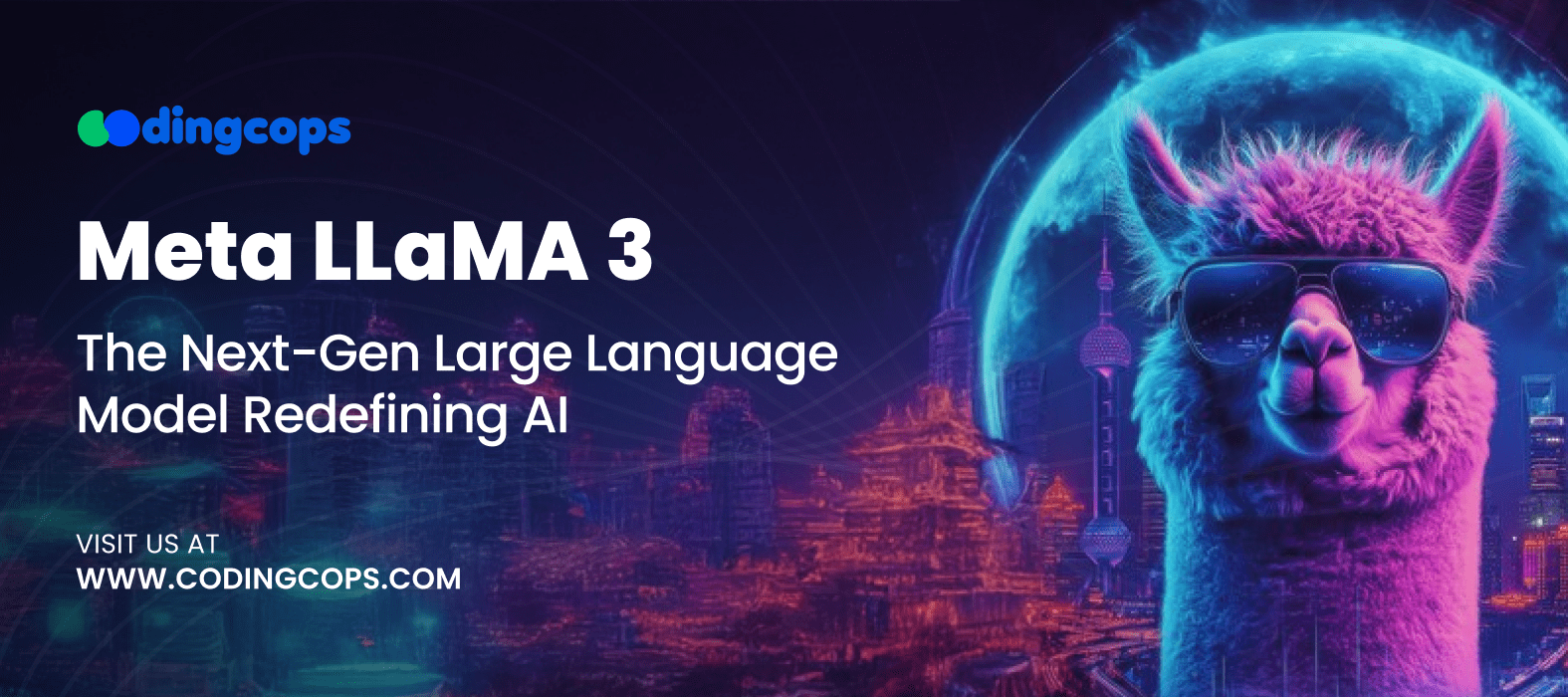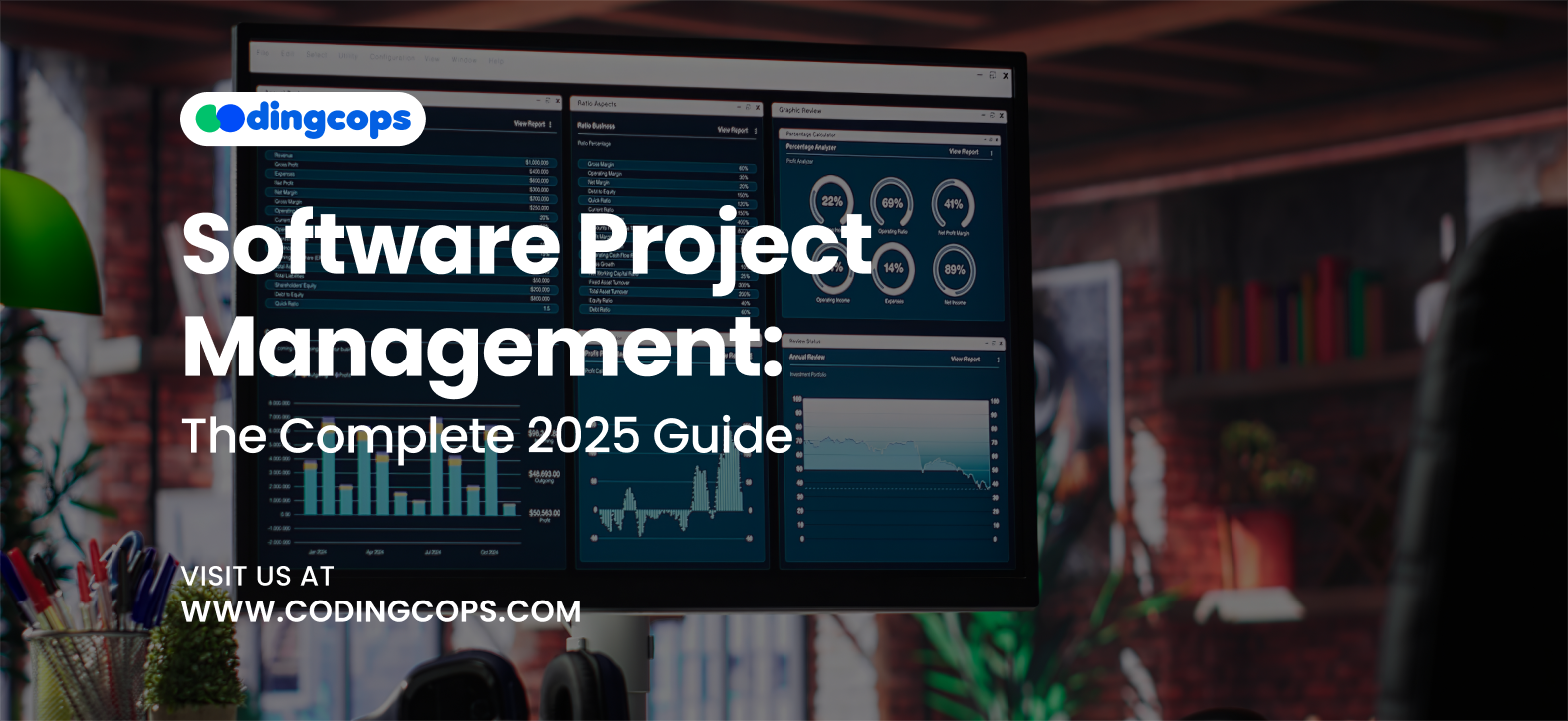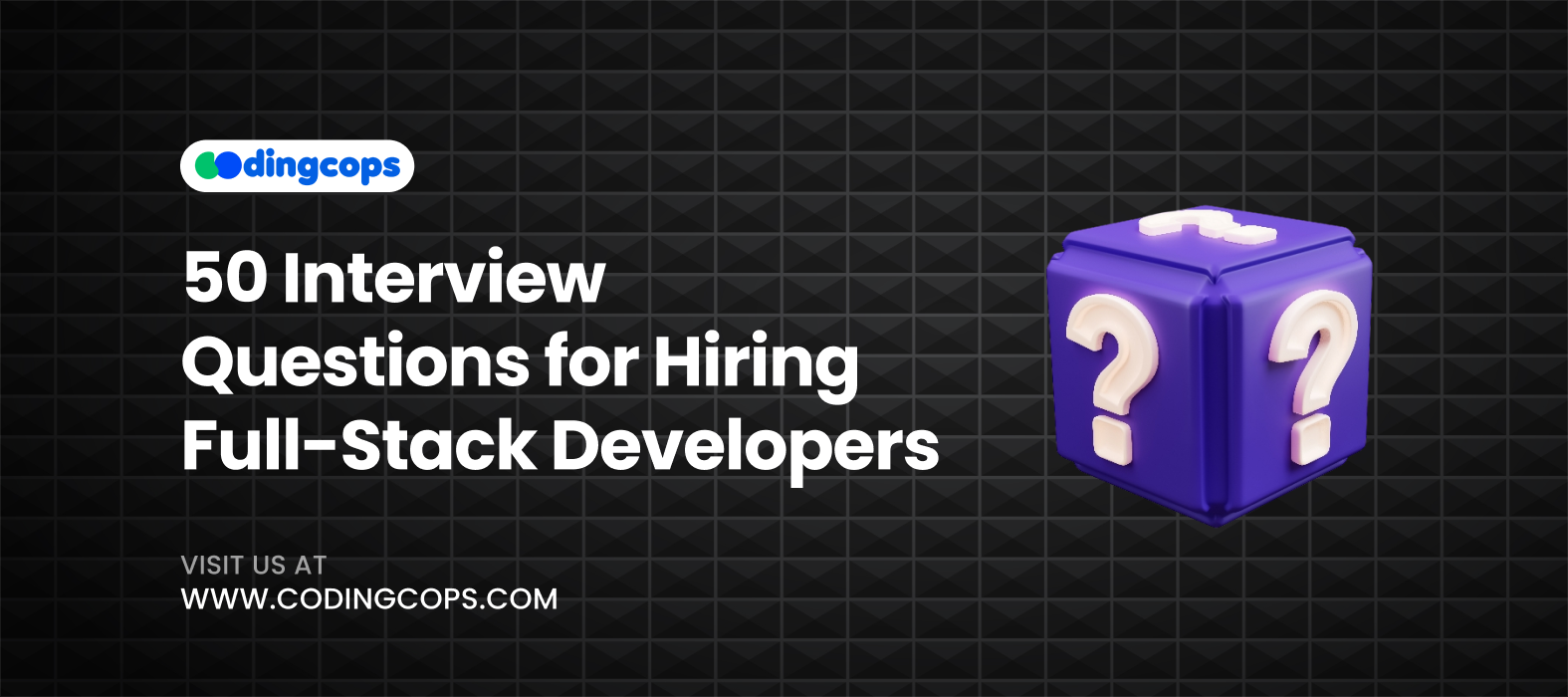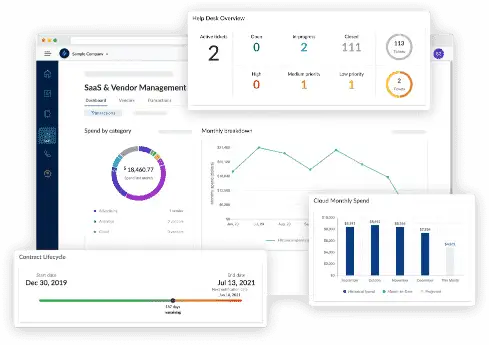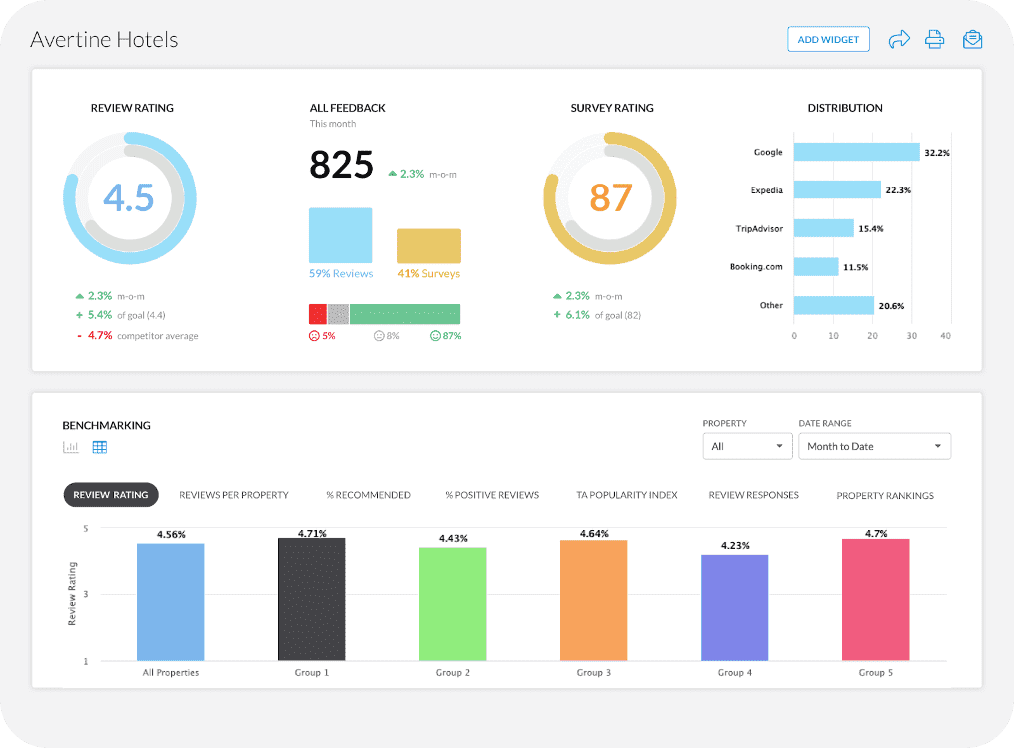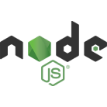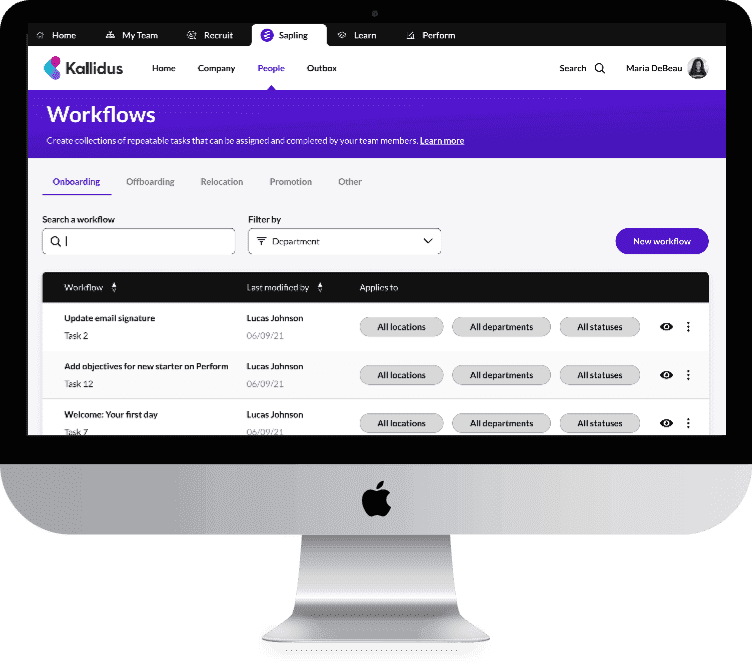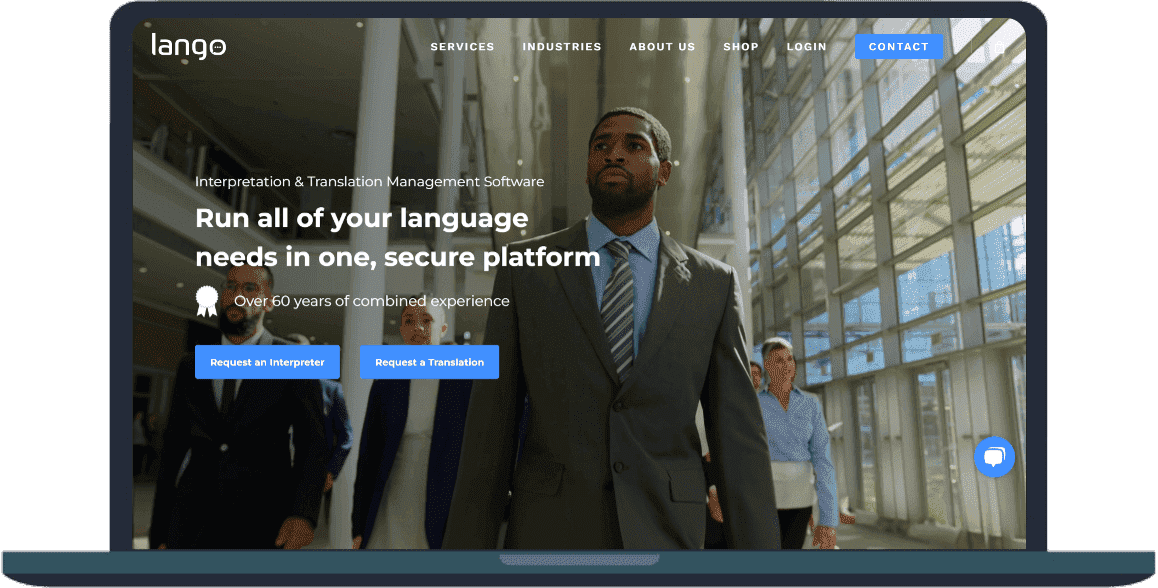These days, LLMs are necessary for everything from allowing chatbots to enhancing search engines. As machines are taking over our lives, it is both exciting and frightening the amount of control they have over our lives. But for now, they are benefiting us as they help us reduce time we spend on doing repetitive tasks and also help us explore new ideas. Also, Generative AI is helping us in content creation so that we can create content quickly and efficiently.

LLaMA 3, a technological marvel that builds on the achievements of its predecessors, expands the capabilities of LLMs. The revolutionary breakthroughs, unparalleled efficiency, and practical applications of LLaMA 3 hold the potential to revolutionize the usage of AI across several sectors.
The main features, applications, and competitive analysis of Meta LLaMA 3, the next-generation model, are examined in this blog.
What is Meta LLaMA 3?
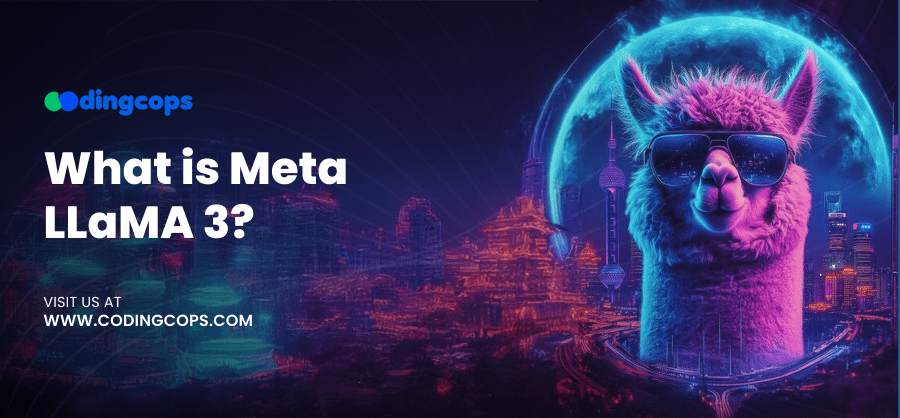
Meta’s journey in developing Large Language Models has been impactful. The LLaMA series (Large Language Model Meta AI) first gained attention with its lightweight, efficient design tailored for high performance. LLaMA 1 introduced the idea of high-capacity language models that required fewer computational resources, while LLaMA 2 improved upon scalability and ethical AI practices.
LLaMA 3 is the latest step in this evolution. It is a potent tool for developers, companies, and academics since it integrates sophisticated neural network topologies, bigger datasets, and optimized algorithms. In contrast to its predecessors, LLaMA 3 is a complete redesign of the way LLMs are developed and implemented, not only a minor improvement. The new model, 405B, can be used in a variety of use cases.
Improved Language Understanding
Meta LLaMA 3’s sophisticated comprehension of textual context and subtleties establishes a new standard in language processing. It can recognize cultural allusions, colloquial idioms, and complex meanings by utilizing cutting-edge natural language understanding algorithms. As a result, its replies are more human-like and accurate.
Whether interpreting complex technical documents, generating creative content, or answering intricate questions, LLaMA 3 consistently delivers results that feel natural and deeply context-aware. Businesses can rely on this enhanced understanding for applications like customer support, content creation, and knowledge management.
Scalability
Scalability across many platforms and environments is one of LLaMA 3’s most notable characteristics. Because of its modular design, it can run smoothly on enterprise-level servers, cloud services, and mobile devices. Regardless of the infrastructure, this flexibility guarantees constant performance for both startups and multinational businesses.
LLaMA 3 maintains dependability and performance whether it’s managing massive data streams in a cloud-based analytics tool or powering a small chatbot for a mobile app. Because of its scalability, it is the best option for companies wishing to implement AI solutions that expand to meet their demands. Moreover, they can AI developers to ensure that they scale without facing any hiccups.
Multilingual Proficiency
Meta LLaMA 3 expands the boundaries of global communication by offering support for a wide array of languages and dialects. In contrast to earlier versions, it ensures inclusion for underrepresented linguistic groups by incorporating low-resource languages in addition to high-resource languages.
Energy Efficiency
Energy efficiency is at the core of Meta LLaMA 3’s design, addressing both operational costs and environmental concerns. By reducing computational requirements through optimized algorithms and hardware compatibility, LLaMA 3 achieves significant energy savings.
Small and medium-sized organizations may now more easily access it without sacrificing functionality. It is also positioned as a responsible option for companies who are dedicated to sustainability because of its eco-friendly footprint, which fits with the rising need for sustainable technology solutions.
Enhanced Customization
With LLaMA 3, customization has reached a new height. Companies can adjust the model to suit industry-specific requirements, such as changing its tone for customer interaction or adjusting to particular vocabulary in the healthcare, financial, or technological sectors.
Businesses are able to provide highly customized experiences that appeal to their target consumers because of these fine-tuning capabilities. Furthermore, LLaMA 3’s versatility makes it a useful tool for a variety of applications by cutting down on the time and effort needed for training.
Technological Breakthroughs Behind LLaMA 3

Meta LLaMA 3 represents a significant leap forward in AI innovation, combining groundbreaking technologies to deliver unmatched performance and versatility.
Advanced Architecture
LLaMA 3’s foundation lies in its enhanced transformer framework, which incorporates deeper layers, optimized attention mechanisms, and more efficient parallel processing capabilities. Compared to LLaMA 2, LLaMA 3 uses a tokenizer with a vocabulary of 128K tokens that encodes language better compared to its previous iteration. This leads to substantial increase in model performance. Additionally, Meta trained its models on a sequence of 8192 tokens, using a mask to ensure self-attention doesn’t cross document boundaries.
By minimizing latency and enhancing the quality of generated responses, it ensures seamless user interactions. Furthermore, innovations like adaptive tokenization and smarter positional encoding contribute to its exceptional proficiency in handling both short-form and long-form content with equal precision.
Diverse Training Datasets
The robustness of LLaMA 3 stems from its exposure to an unparalleled range of training datasets. Spanning diverse sources such as literature, research articles, code repositories, and conversational exchanges, this training data ensures a deep understanding of varied subjects.
Unlike conventional models, LLaMA 3 includes domain-specific datasets, enabling it to excel in specialized industries like healthcare, finance, and legal analysis. Moreover, LLaMA is pretrained on over 15T tokens that were all collected from publicly available sources.
For multilingual use cases, 5% of the training dataset consists of high-quality non-English data in over 30 languages. However, Meta says that they don’t expect the same level of performance in these languages as compared to English.
Meta has gone above and beyond the standard to train this model. They developed a series of data filtering pipelines that included heuristic filters, NSFW filters, semantic deduplication approaches, and text classifiers to predict data quality.
Additionally, Its ability to integrate real-world conversational data enhances its contextual understanding, allowing it to deliver nuanced and relevant responses tailored to different scenarios.
Multimodal Capabilities
With its multimodal capabilities, LLaMA 3 sets a new standard for the LLaMA series by processing and producing text, pictures, and even audio. This development has a wide range of potential uses, such as the production of multimedia material, real-time transcription, and improved virtual assistants.
For example, companies may now use LLaMA 3 to create interactive presentations, summarize video information, and provide captions for photographs. Its multimodal integration positions it as a cornerstone for developing tools that transcend text-based communication, catering to diverse user needs in innovative ways.
Bias Mitigation
Ethical AI development is at the heart of LLaMA 3, with a dedicated focus on addressing bias in machine learning. Meta has implemented advanced bias detection and mitigation strategies that operate both during training and in real-time response generation.
By incorporating diverse datasets and ensuring balanced representation across demographics, LLaMA 3 reduces the likelihood of producing biased or harmful content. Additionally, its algorithms undergo continuous monitoring and refinement, ensuring that its outputs remain inclusive and equitable. This ethical commitment makes LLaMA 3 a reliable choice for applications where fairness and inclusivity are paramount.
How Meta LLaMA 3 Stands Out in the AI Landscape?
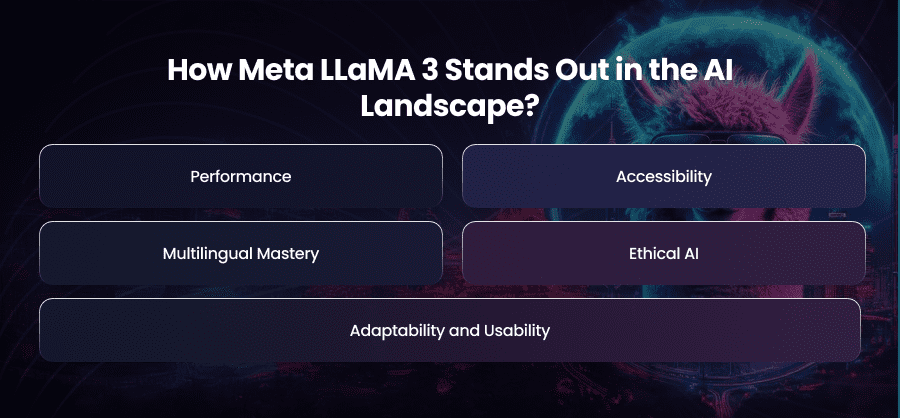
The LLM space is competitive, with players like OpenAI’s GPT-4 and Google Bard leading the charge. So, what makes LLaMA 3 special?
Performance
LLaMA 3’s optimized architecture redefines efficiency and accuracy. Its advanced transformer framework, coupled with improved attention mechanisms, allows it to deliver faster and more precise outputs than its predecessors and many rivals. What truly sets LLaMA 3 apart is its multimodal capability—processing and generating both text and images seamlessly.
This functionality makes it far more versatile than text-only models, unlocking applications in creative industries, marketing, and customer support. From generating rich multimedia content to offering context-aware responses, LLaMA 3 ensures exceptional performance across diverse tasks.
Accessibility
Accessibility is a cornerstone of LLaMA 3’s design philosophy. Unlike other models that require expensive hardware or significant cloud resources, LLaMA 3 has been engineered to operate efficiently even on devices with modest computational power.
This reduction in resource demands makes it accessible to smaller organizations, startups, and individual developers who may lack the infrastructure to support resource-intensive AI solutions. By leveling the playing field, Meta ensures that innovation with LLaMA 3 is within reach for a broader audience, democratizing access to advanced AI capabilities.
Multilingual Mastery
While many AI models support multiple languages, LLaMA 3 goes a step further by excelling in low-resource languages and dialects. Its comprehensive language model has been trained on an expansive dataset that includes underrepresented linguistic communities.
This capability not only fosters inclusivity but also empowers businesses and individuals in regions where language resources are scarce. Whether it’s translating niche dialects or engaging users in their native tongue, LLaMA 3 delivers a level of multilingual mastery that few competitors can match.
Ethical AI
Meta has made ethical AI a top priority with LLaMA 3, addressing concerns about bias, misinformation, and harmful content generation. The model incorporates robust bias detection and mitigation techniques, ensuring more equitable outputs. LLaMA 3 is a safer option for companies that value ethical AI use because of these protections, which are strengthened by continuous monitoring and upgrades.
In addition to fostering trust, this dedication to moral behavior establishes a standard for how AI technology needs to develop in a society that is becoming more and more concerned with responsibility and justice.
Adaptability and Usability
LLaMA 3’s adaptability to various platforms and environments gives it an additional edge. From running efficiently on mobile devices to scaling seamlessly on enterprise servers, its modular design ensures consistent performance regardless of deployment size or complexity.
Developers can integrate LLaMA 3 into workflows with minimal friction, thanks to its straightforward APIs and robust documentation. Because of its user-centric design, LLaMA 3 is a great option for both technical specialists and companies seeking plug-and-play solutions.
Challenges and Ethical Considerations
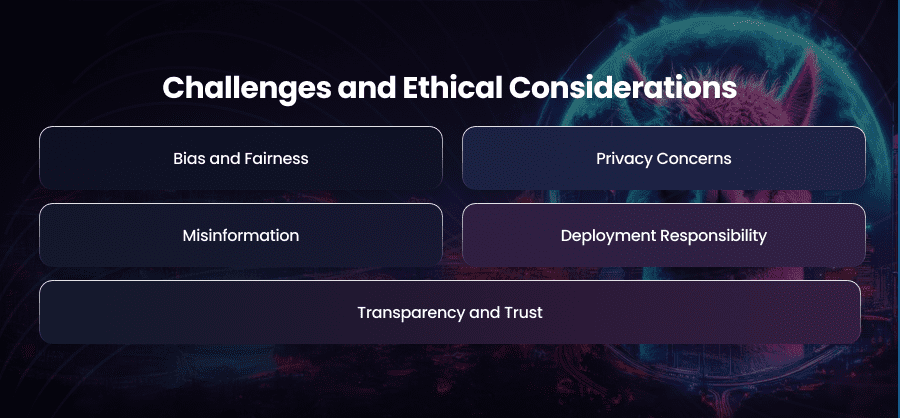
Even though LLaMA 3 is a major advancement in AI technology, there are still certain difficulties with it. These challenges highlight how difficult it is to ethically build and use cutting-edge AI systems.
Bias and Fairness
AI bias remains a persistent challenge, even with the sophisticated mitigation techniques integrated into LLaMA 3. Training on diverse datasets helps reduce the risk of bias, but achieving complete neutrality in AI-generated content is an ongoing struggle. Subtle biases can emerge from the underlying data or user interactions, potentially influencing the model’s outputs in unintended ways. To address this, Meta must continually refine its algorithms, expand dataset diversity, and involve external audits to ensure fairness and inclusivity across all applications.
Privacy Concerns
With access to vast datasets, privacy is a critical concern for LLaMA 3. The model’s capacity to handle sensitive data raises concerns around data security and adherence to international privacy laws like the CCPA and GDPR.
To secure user data, Meta must have strict security measures in place, such as encryption, anonymization methods, and open data management procedures. Sustaining confidence with both consumers and organizations requires regular audits and transparent communication regarding the collection, storage, and use of data.
Misinformation
There are two sides to LLaMA 3’s ability to produce compelling and cohesive content. In the absence of appropriate controls, the model can unintentionally provide erroneous information, exaggerating misleading material or false narratives.
Meta must improve the model’s capacity to validate data by cross-referencing trustworthy sources and identifying potentially dangerous content in order to reduce this risk. The system’s dependability may be further increased by integrating real-time verification tools and working with outside fact-checkers.
Deployment Responsibility
The responsibility for ethical AI deployment extends beyond Meta to the end users of LLaMA 3. Businesses, developers, and individuals leveraging the technology must adhere to guidelines promoting responsible use. However, policing misuse at scale is a significant challenge.
Meta can address this by offering robust training, documentation, and user agreements that clearly outline acceptable practices. Additionally, implementing usage monitoring tools and providing avenues for reporting misuse can help ensure accountability in real-world applications.
Transparency and Trust
Transparency is crucial when AI systems like LLaMA 3 are incorporated into daily life. Users need to be aware of the model’s constraints, its operation, and the data it uses. Increased confidence and responsibility will result from transparent documentation and candid discussion of the model’s advantages and disadvantages.
The Future of AI with Meta LLaMA 3

More than just a sophisticated language model, LLaMA 3 marks a turning point in the development of AI technology and paves the way for breakthroughs that have the potential to completely alter the field’s landscape across disciplines and sectors.
Influence on AI Standards
Global AI standards are likely to be influenced by LLaMA 3’s innovative features, which include enhanced scalability, energy efficiency, and ethical design. LLaMA 3 may be used as a standard for developing frameworks that give inclusiveness, effectiveness, and ethical issues first priority as legislators and business executives search for examples of responsible AI development.
Its success may also lead to stricter laws, which would incentivize other AI developers to follow best practices in environmental sustainability, bias reduction, and transparency.
Inspiring New Innovations
New applications are made possible by LLaMA 3’s multimodal capabilities, which include the ability to analyze and create text in addition to pictures and maybe sounds. These characteristics may spur developments in creative domains like AI-generated music, art, and narrative, as well as automation for research, teaching, and customer service.
The model’s increased customisation possibilities will probably encourage creative problem-solving and allow programmers to create AI systems that precisely tackle specialized issues.
Shaping Industry-Specific Solutions
LLaMA 3’s flexibility and adaptability position it as a catalyst for industry-specific AI applications. In healthcare, for example, it could support diagnostic tools by analyzing patient data and generating accurate, contextually informed recommendations. In finance, the model’s ability to process large datasets quickly and reliably could enhance fraud detection and risk analysis.
Its contextual awareness and multilingualism might facilitate individualized learning experiences in the classroom, removing barriers related to accessibility and language. Developing customized solutions for these and other industries may open up new avenues for efficiency, boost output, and generate value on a never-before-seen scale.
Driving the Democratization of AI
LLaMA 3 is accessible to startups, smaller businesses, and even individual developers due to Meta’s emphasis on lowering computing needs. The democratization of AI technologies has the potential to promote creativity across a wider range of users by leveling the playing field. LLaMA 3 might hasten the creation of solutions that cater to regional or community-specific requirements by enabling more individuals to use cutting-edge AI, promoting more inclusive advancement.
Final Word
The advancement of AI technology is demonstrated by LLaMA 3, which also offers a look at its bright future. It raises the bar for large language models with its sophisticated features, moral design, and wide range of applications.
LLaMA 3 is more than simply a tool for companies, developers, and academics; it’s an innovation partner that helps them accomplish more with less. As we look to the future, LLaMA 3 demonstrates that the potential of AI is limitless.

